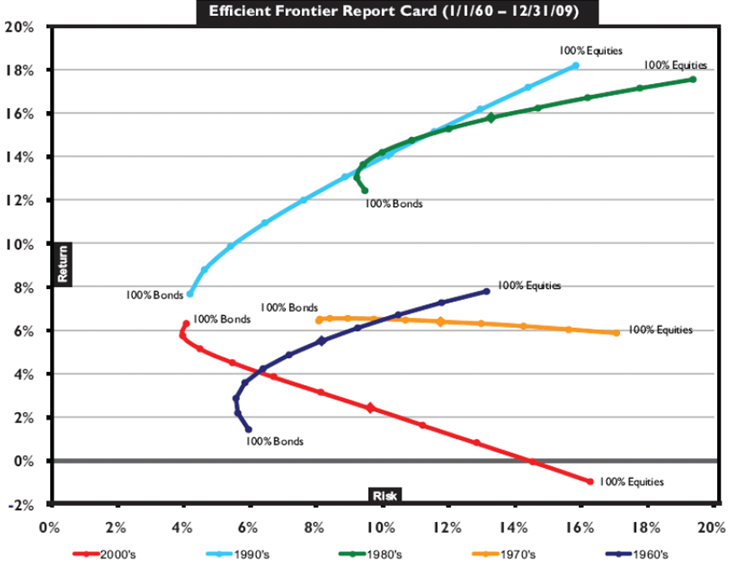Rebalancing really helps during periods of market stress where people flee certain asset classes. You buy more. The asset often recovers, then you sell a little to get it back into balance.
If you are holding investments for decades, these little blips are opportunities rather than things to go out of your way to avoid.
I'm sure several of my mutual funds go hit hard in 2008 by redemptions and fleeing investors, in fact, of several years after 2008 investors continued to sell equity funds and buy bond funds. Yet equity funds have been extremely rewarding to own since 2008. And bond funds I owned that got hit hard snapped back very quickly. Every time I've had a fund hit hard by redemptions, it's made an amazing recovery once the selling pressure was exhausted, and if I rebalanced and bought some when it was down, I was generously rewarded later.
If you take a multi-decade view, you don't sweat the small blips.


